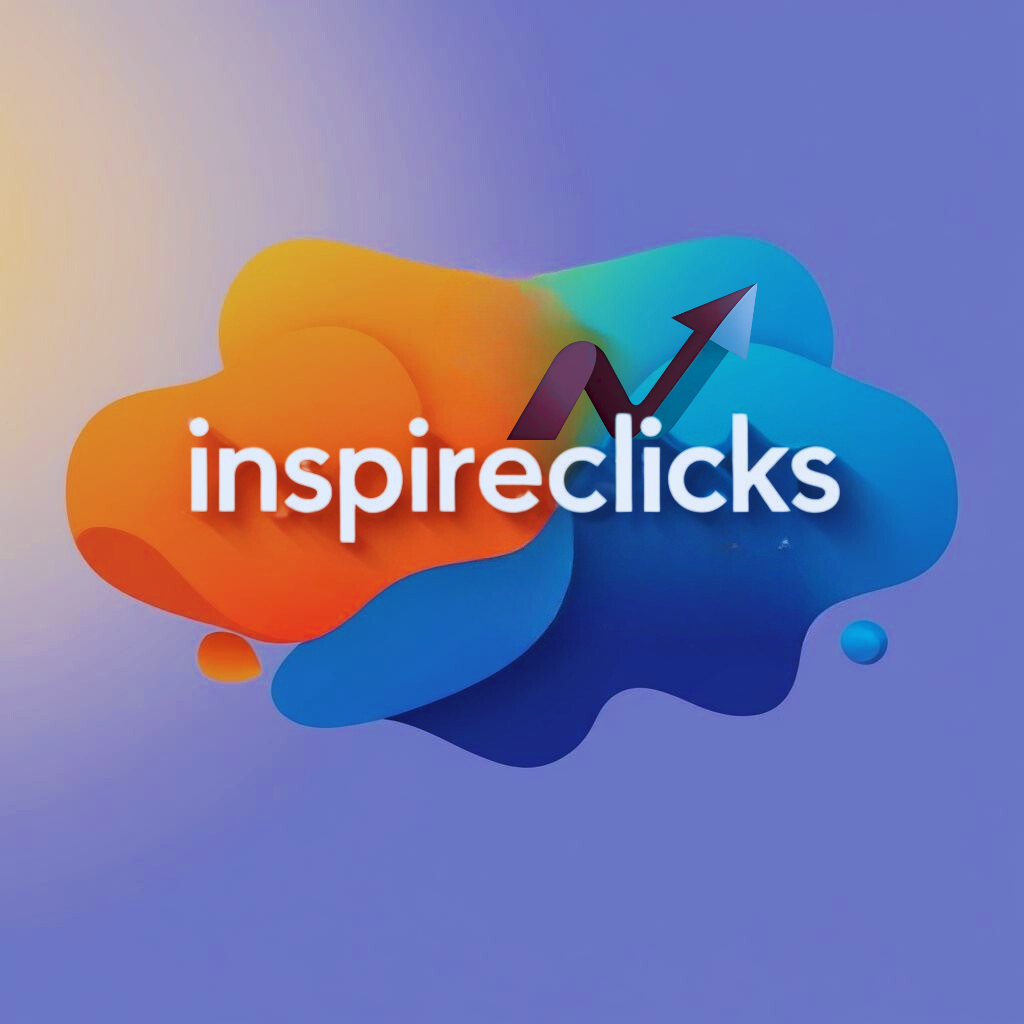SEO for SaaS Companies: A Complete 2025 Guide to Scaling Organic Growth
The Software as a Service (SaaS) landscape is more competitive than ever. In 2025, a generic SEO strategy is no longer enough. To achieve scalable organic growth and drive qualified leads, your SEO must be deeply integrated with your product, customer journey, and business goals.
This definitive guide breaks down the essential strategies, technical priorities, and future trends you need to master to make SEO your most powerful, compounding growth engine.
The Unique Lens of SaaS SEO in 2025
SaaS SEO is fundamentally different from e-commerce or standard B2B SEO. It’s about nurturing a potential customer through a long, complex sales cycle, from problem awareness to final purchase.
| Factor | Standard B2C/B2B SEO | SaaS SEO |
| Sales Cycle | Shorter, often one decision-maker | Long, multi-stakeholder (Exec, Developer, User) |
| Conversion Focus | Direct Purchase, Lead Form | Free Trial, Demo Request, Product Sign-up |
| Content Goal | Sell a product/service | Educate, Build Trust, Solve Problems, Demonstrate ROI |
| Keyword Focus | Transactional, Product Names | Problem/Pain Points, Use Cases, Comparisons, Integrations |
1. The Foundation: Intent-Driven Keyword Strategy
In 2025, forget optimizing for single keywords. Your strategy must align with the full-funnel buyer journey and the user’s intent at that moment.
- 🎯 Top-of-Funnel (TOFU) – Awareness: Target high-volume, informational keywords that address your customer’s pain points and problems.
- Example: “how to reduce customer churn,” “best practices for remote team communication.”
- Content: Educational blog posts, comprehensive guides, industry reports.
- 💡 Middle-of-Funnel (MOFU) – Consideration: Target commercial investigation terms where users are looking for solutions.
- Example: “[Industry] automation software,” “best expense tracking tools for SMBs.”
- Content: Use-case pages, comparison articles (e.g., “YourTool vs. CompetitorA”), integration pages.
- 💰 Bottom-of-Funnel (BOFU) – Decision: Target high-intent, transactional keywords directly related to your product.
- Example: “YourTool free trial,” “YourTool pricing,” “YourTool vs. CompetitorB.”
- Content: Dedicated product pages, feature landing pages, pricing page optimization, case studies.
✨ 2025 Pro Tip: Topic Clusters & Semantic SEO
Move from isolated blog posts to interconnected Topic Clusters. Create a Pillar Page on a broad topic (e.g., “AI Content Generation”) and link it to several Cluster Content articles covering specific, long-tail questions (e.g., “AI for writing social media captions”). This signals deep expertise and authority to Google.
2. Technical SEO: The Non-Negotiables for Scale
A scalable SaaS product often means a large, complex website. Your technical foundation must be flawless.
- ✅ Core Web Vitals (CWV) & User Experience (UX): With Google prioritizing page experience, ensure your site has fast loading speed (LCP), responsiveness (FID), and visual stability (CLS). A poor UX will directly tank your rankings.
- 📱 Mobile-First Indexing: All your pages must be fully responsive and performant on mobile devices. This is a baseline requirement.
- 🧹 Combat Index Bloat: Large SaaS sites often have thousands of low-value, duplicate, or filter pages (old release notes, internal search results, filter pages). Use
noindextags judiciously to keep Google’s crawl budget focused only on high-value, rankable content. - ⚙️ Schema Markup: Implement specific schema like
SoftwareApplicationandHowToto help search engines understand your product, features, and content, increasing your chances of securing valuable Rich Snippets and AI Overviews. - 🔗 Clean Site Architecture: Ensure all critical money and content pages are easily accessible with a shallow click depth from your homepage. A strong internal linking strategy guides both users and bots.
3. The Future of Content: E-E-A-T and AI Search
In the age of generative AI (like Google’s AI Overviews) and massive content output, Expertise, Experience, Authoritativeness, and Trust (E-E-A-T) is your shield and superpower.
- ✍️ Prioritize First-Hand Experience: Google values content backed by real-world use.
- Action: Incorporate screenshots of your product in action, feature quotes/bios from Subject Matter Experts (SMEs) on your team, and publish detailed case studies and original research (e.g., “The State of [Industry] Report 2025”).
- 💬 Optimize for AI-Generated Answers: AI Overviews pull concise, direct answers.
- Action: Structure your content to provide clear, single-paragraph answers to common user questions, use bulleted/numbered lists, and leverage FAQ schema. Your goal is to be the cited source in the AI response.
- 📈 Content-Product Alignment: Create content that serves as a bridge to your product. This includes:
- Template Libraries: Offering downloadable, product-adjacent resources.
- Integration Pages: Dedicated landing pages for every major third-party integration (e.g., “YourTool + Salesforce Integration Guide”).
4. Authority Building: Beyond Simple Link Requests
High-quality backlinks remain a top ranking factor. For SaaS, this means building links that boost your perceived authority and trust.
- 🗞️ Digital PR: Publish newsworthy data, surveys, or industry trends that naturally attract media and authoritative sites in your vertical (tech, business, specific industry blogs) to cite you.
- ✍️ Strategic Guest Posting: Focus on contributing expert-level content to high-Domain-Authority sites where your Ideal Customer Profile (ICP) already spends time.
- 🤝 Partnerships & Integrations: Leverage your integration ecosystem. Co-marketing, webinars, and shared resources with integration partners are organic ways to build relevant, high-quality links.
- 🌐 SaaS Directory Listings: Ensure your profile is complete and optimized on major software review and listing sites (G2, Capterra, etc.). These are high-authority, high-intent referral sources.
5. Measure What Matters: SEO for MRR
The ultimate metric for SaaS SEO is not traffic, but the contribution to Monthly Recurring Revenue (MRR).
- Conversion Tracking: Set up robust analytics to track:
- Organic Traffic – > Free Trial Sign-ups
- Organic Traffic –> Demo Requests
- Organic Traffic –> Product Qualified Leads (PQLs)
- Attribution: Use a multi-touch attribution model to understand SEO’s impact at various stages of the long sales cycle, even if it wasn’t the final touchpoint.
- Lifetime Value (LTV): Track the LTV of customers acquired through organic channels. Often, leads who found you organically through educational content are better qualified and have lower churn.
